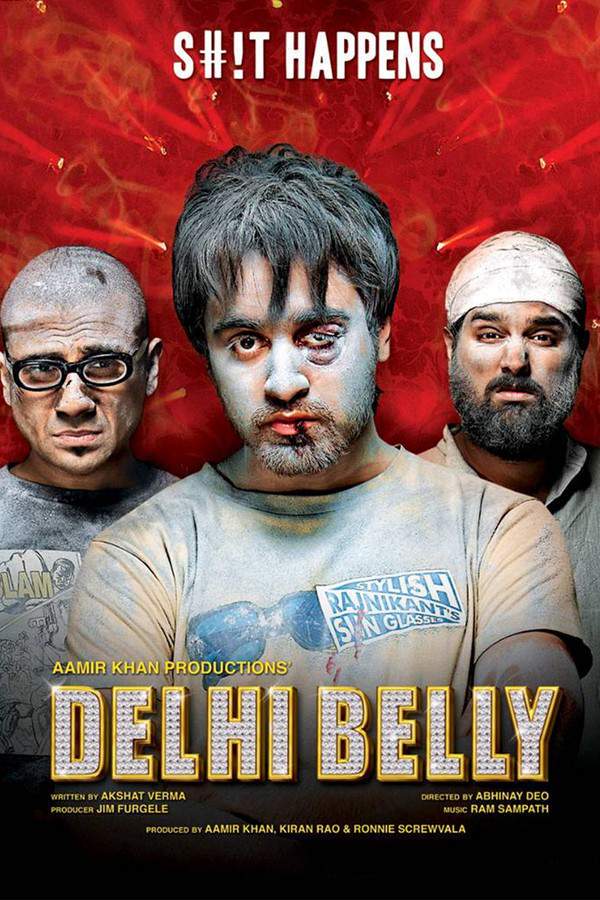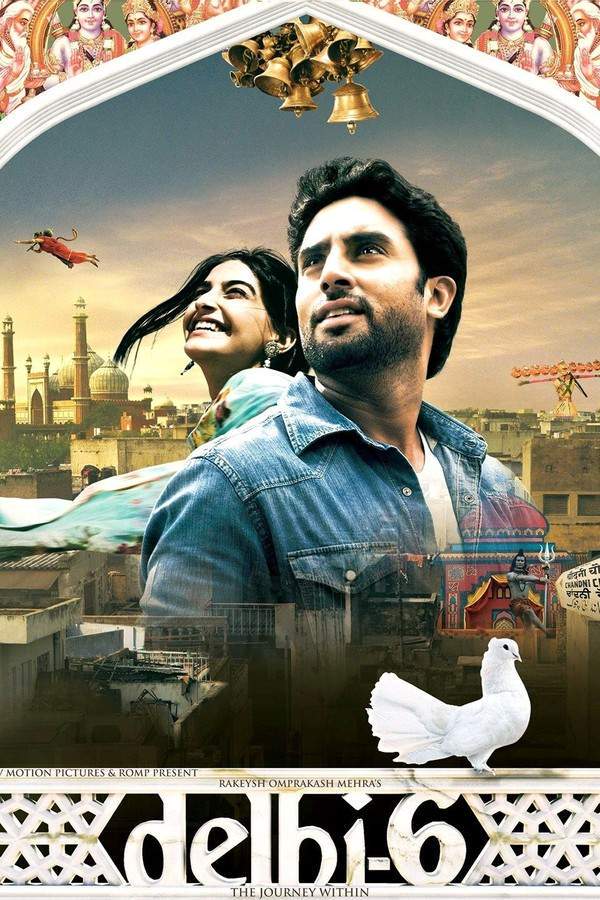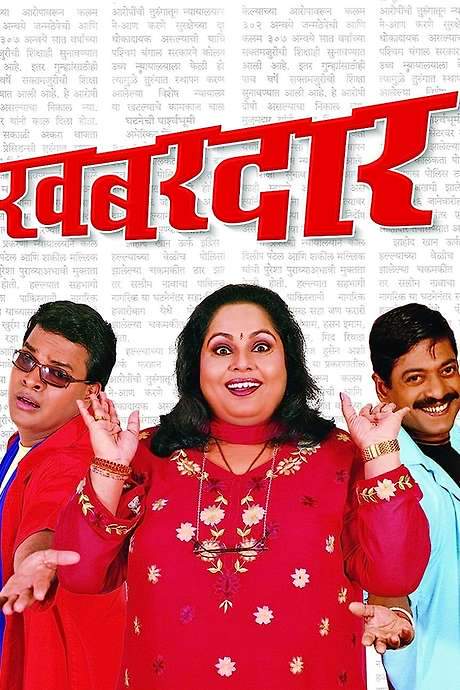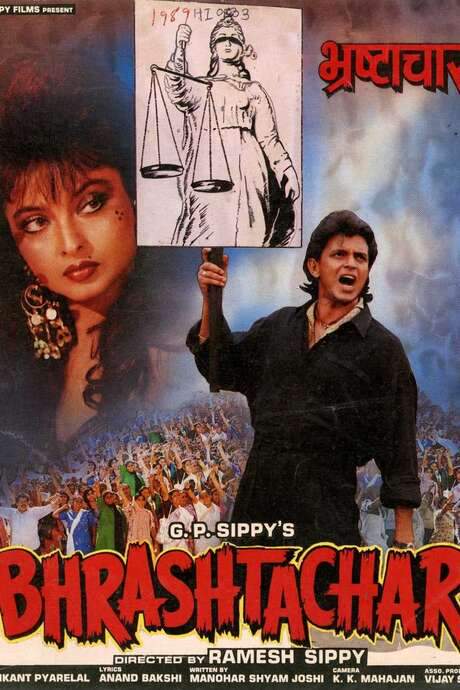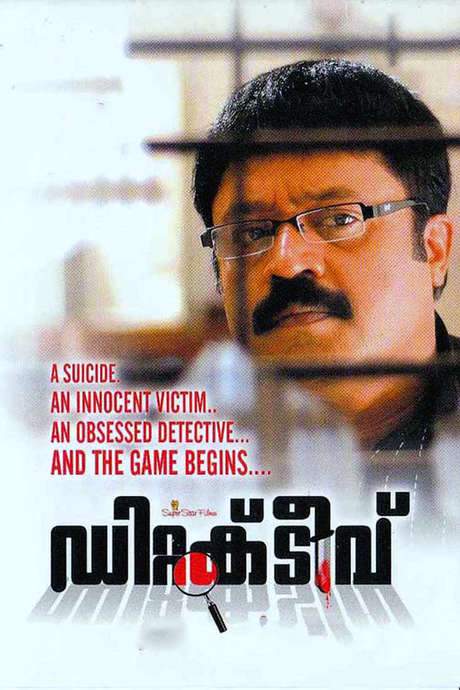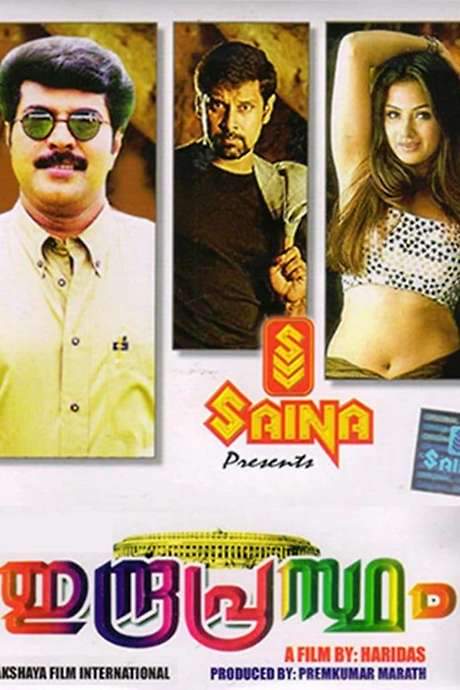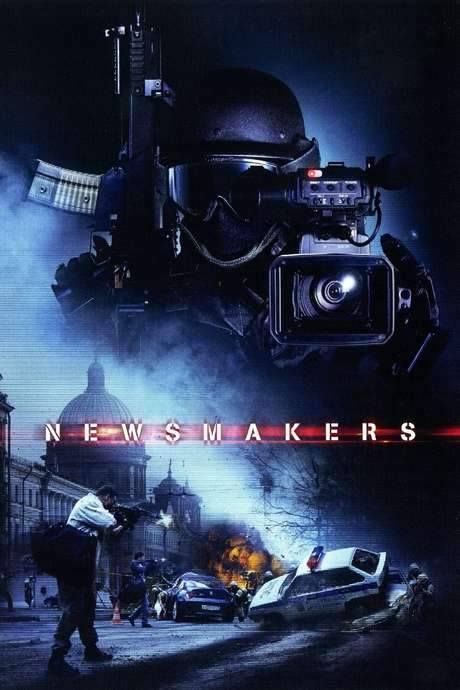
New Delhi Times
Year: 1986
Runtime: 123 mins
Language: Hindi
Director: Romesh Sharma
After a politician is murdered, a journalist uncovers that a member of parliament ordered the killing. When his editor investigates further, they expose the involvement of senior officials, sparking riots in a town and prompting attempts to silence the story.
Warning: spoilers below!
Haven’t seen New Delhi Times yet? This summary contains major spoilers. Bookmark the page, watch the movie, and come back for the full breakdown. If you're ready, scroll on and relive the story!
New Delhi Times (1986) – Full Plot Summary & Ending Explained
Read the complete plot breakdown of New Delhi Times (1986), including all key story events, major twists, and the ending explained in detail. Discover what really happened—and what it all means.
A gripping political thriller told through the lens of a fearless journalist, Vikas Pande leaves his small-town roots in Ghazipur to steer a major Delhi newspaper and soon finds himself entangled in a web of power, murder, and media manipulation. The story opens with the shocking assassination of a local MLA, Bhaleram, in the circuit house of Ghazipur, and the unsettling disappearance of the circuit house guard. As [Vikas Pande] navigates the fallout, he discovers a pattern of violence and cover-ups that hint at something far bigger than a single crime.
From the newsroom to the streets, the film threads together journalism, corruption, and the machinery of politics. Vikas is determined to expose a brutal scandal involving illegal hooch that has claimed hundreds of lives, a pursuit that quickly becomes more dangerous as the power struggle in the state intensifies. On one side stands the incumbent chief minister Trivedi; on the other, the ambitious MLA Ajay Singh, whose charisma masks a ruthless willingness to do whatever it takes to reach the CM’s chair. Singh is portrayed as a dangerous man, deeply connected to illegal networks—drug trafficking, smuggling, extortion, and more—and his operations are run by his trusted lieutenant, Iqbal.
The tension escalates when Iqbal is arrested in the murder case and the riots in Ghazipur become a recurring backdrop. Vikas travels back to Ghazipur to cover the unrest and in the process amasses circumstantial evidence that points toward [Ajay Singh] as having a hand in Bhaleram’s murder. Yet the case is far from open-and-shut, and the path to the truth is blocked by force, influence, and a carefully controlled narrative that the powerful are eager to keep intact.
Meanwhile, a parallel thread follows Vikas’s wife, Nisha, a lawyer who is approached by an elderly man whose daughter has vanished from her in-laws’ home. The man—Jagannath Poddar—claims that his daughter was misrepresented as mentally ill, and his pursuit of justice for her becomes another front in the larger struggle between truth and the system that protects the powerful. The courtroom scene that unfolds with Iqbal’s testimony becomes a pivotal moment, as he asserts his innocence while laying bare that certain players—like Ajay Singh—could be involved in grave crimes, even if direct evidence is elusive.
As the investigation deepens, the paper’s leadership wrestles with how and when to publish. [Vikas Pande] presses his editors to run a front-page story that ties Ajay Singh to the murder, but the piece hinges on evidence that is not ironclad. The debate within the newsroom mirrors the public’s craving for accountability versus the political machine’s appetite for control. Despite hesitation, the article eventually hits the presses, signaling a bold stand for truth even as the risk to those telling it grows.
A crucial turn comes when the elderly man expresses gratitude to [Nisha] for her steadfast efforts in seeking justice for his daughter. He then reveals a dark underbelly: the guard who disappeared is not simply missing or mentally unwell. The truth, he explains, is that a system of bribery and manipulation has been running deep, with officials and institutions compromised to shield the real culprits. The revelation forces [Vikas Pande] to reexamine the evidence and the narratives that have been constructed around Bhaleram’s murder.
The plot thickens when the guard himself steps forward with the shocking confession that changes everything. He explains that on the day of the murder, his son—who is secretly a mole for Trivedi—visited him, and a deal was struck that effectively bought cover for the crime. After the deal, Bhaleram was killed by goons aligned with Trivedi, not Ajay Singh. This revelation shatters the impression of a straightforward case and forces [Vikas] to confront the horrible possibility that the entire investigation was being steered by those who wield power behind the scenes.
With the pieces in flux, the journalist realizes that the evidence collected up to this point may have been engineered to keep Ajay Singh under control and out of the CM’s chair. The crushing clarity of this realization is tempered by a sense of disillusionment; [Anwar]—a trusted friend—offers quiet solace, reminding [Vikas] that the real culprits deserve accountability for their actions, even if the path to that accountability is messy and fraught with danger.
In the end, the film holds to a sober, cautionary tone about the fragility of truth in a power-driven system. It demonstrates how journalism can illuminate corruption, how political bargains can distort justice, and how individuals—like [Vikas Pande], [Ajay Singh], [Nisha], and [Iqbal]—navigates a landscape in which evidence can be planted, loyalties tested, and the line between right and wrong blurred. The story closes not with a neat resolution but with a hard-won sense that exposing wrongdoing is an act of courage that can leave journalists and truth-tellers exposed to great risk—even as justice, in some form, begins to emerge through the cracks of a compromised system.
Last Updated: October 09, 2025 at 14:40
Unlock the Full Story of New Delhi Times
Don't stop at just watching — explore New Delhi Times in full detail. From the complete plot summary and scene-by-scene timeline to character breakdowns, thematic analysis, and a deep dive into the ending — every page helps you truly understand what New Delhi Times is all about. Plus, discover what's next after the movie.
New Delhi Times Timeline
Track the full timeline of New Delhi Times with every major event arranged chronologically. Perfect for decoding non-linear storytelling, flashbacks, or parallel narratives with a clear scene-by-scene breakdown.

Similar Movies to New Delhi Times
Discover movies like New Delhi Times that share similar genres, themes, and storytelling elements. Whether you’re drawn to the atmosphere, character arcs, or plot structure, these curated recommendations will help you explore more films you’ll love.
Explore More About Movie New Delhi Times
New Delhi Times (1986) Scene-by-Scene Movie Timeline
New Delhi Times (1986) Movie Characters, Themes & Settings
New Delhi Times (1986) Spoiler-Free Summary & Key Flow
Movies Like New Delhi Times – Similar Titles You’ll Enjoy
Delhi Belly (2011) Complete Plot Breakdown
Delhi-6 (2009) Film Overview & Timeline
Paharganj (2019) Ending Explained & Film Insights
Dubai (2001) Ending Explained & Film Insights
Khabardar (2005) Ending Explained & Film Insights
New Delhi (1987) Ending Explained & Film Insights
Bhrashtachar (1989) Complete Plot Breakdown
News (1989) Story Summary & Characters
Paatal Lok (1000) Full Summary & Key Details
Detective (2007) Spoiler-Packed Plot Recap
Indian Predator: The Butcher of Delhi (1000) Complete Plot Breakdown
Crime, Inc. (1945) Spoiler-Packed Plot Recap
Indraprastham (1996) Movie Recap & Themes
F.I.R. (1999) Spoiler-Packed Plot Recap
Newsmakers (2009) Plot Summary & Ending Explained



